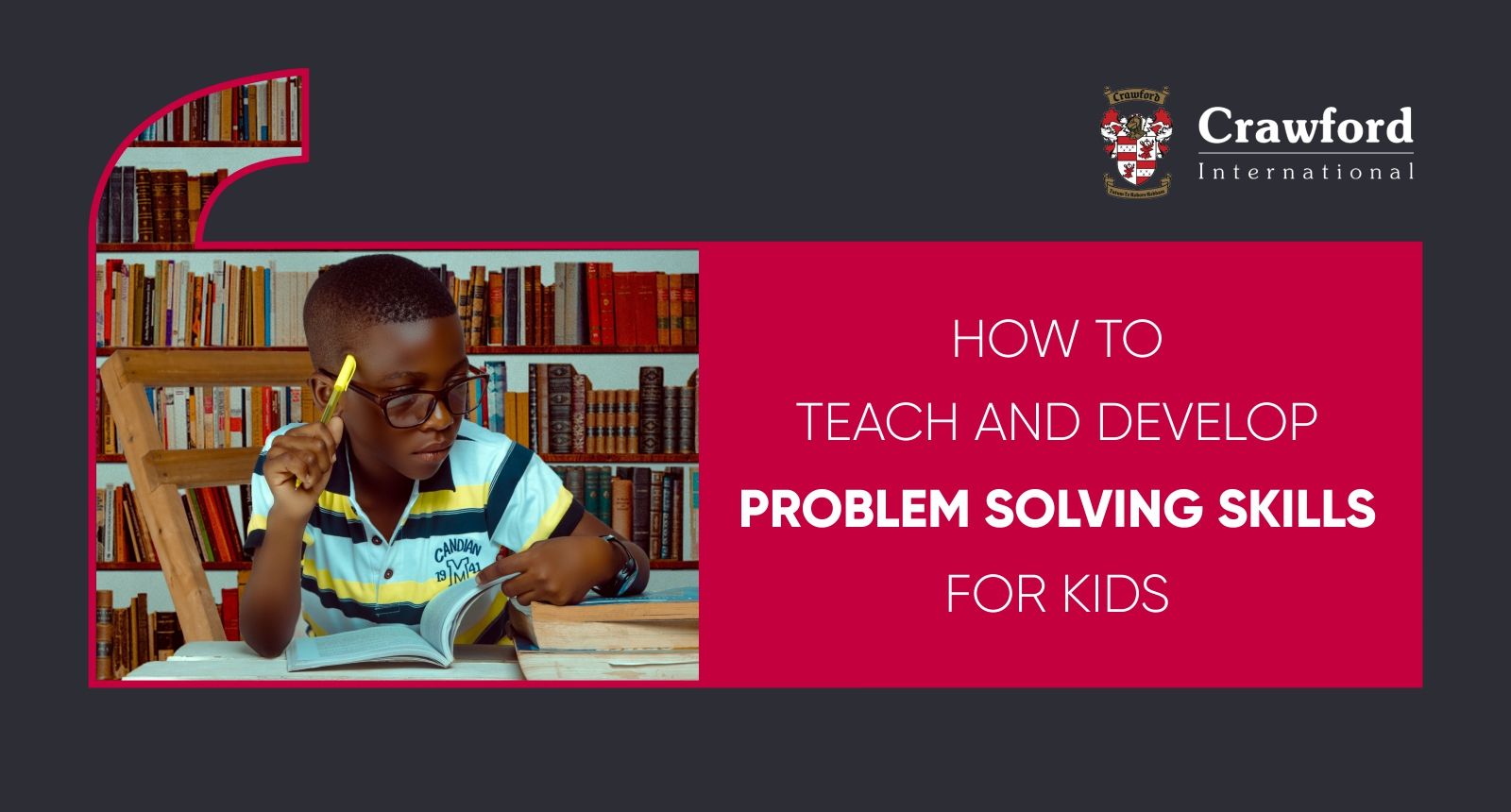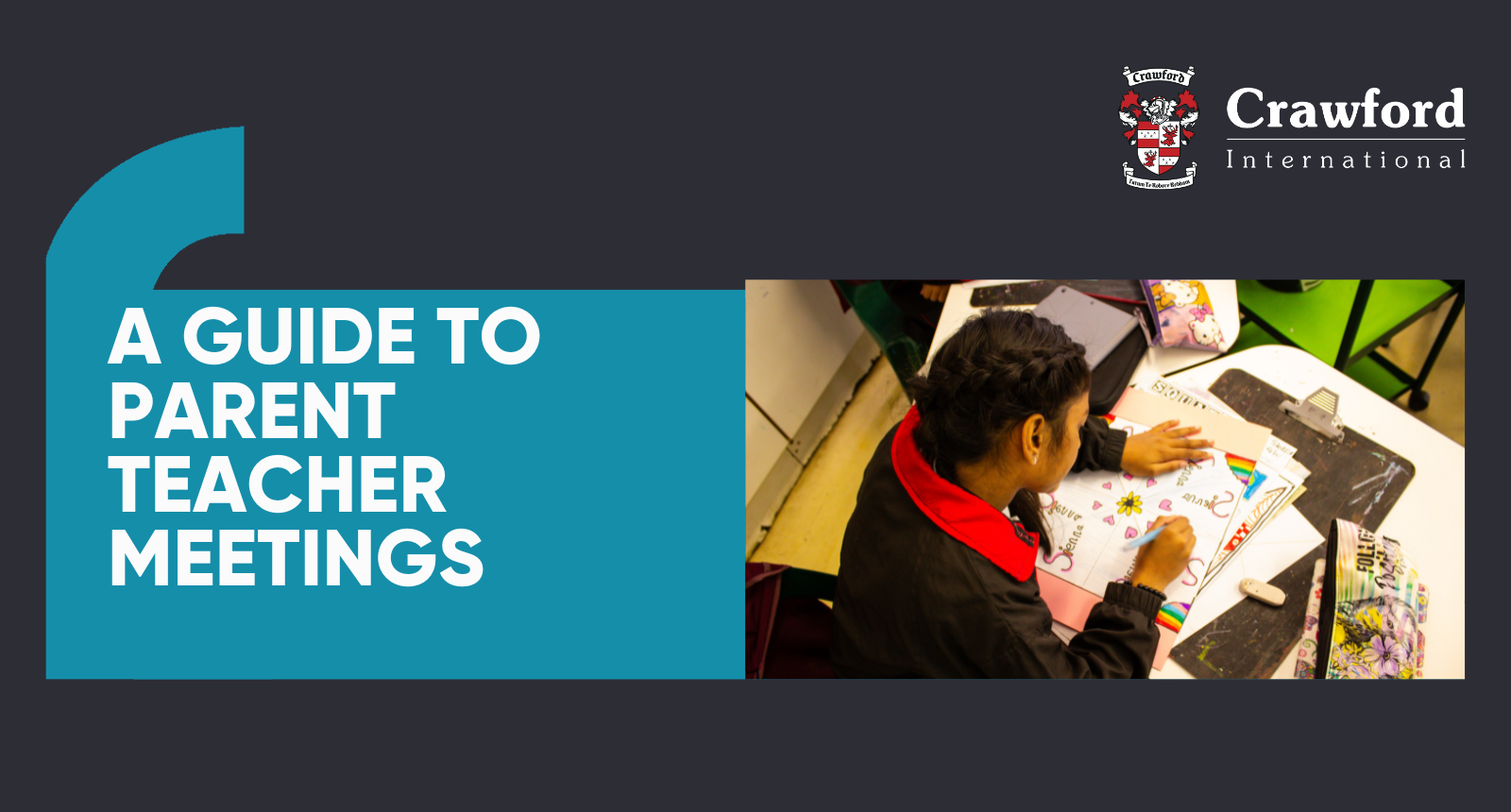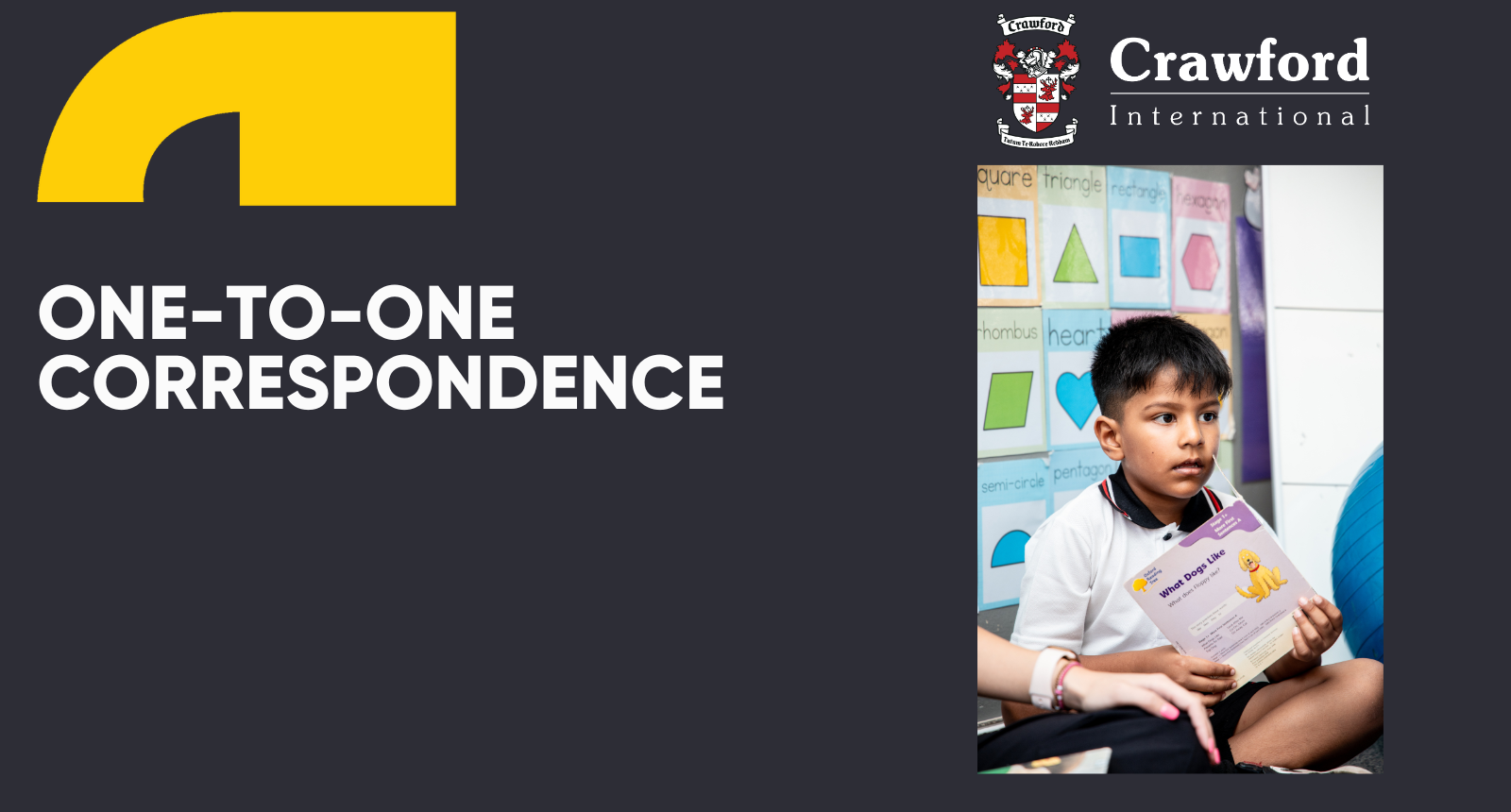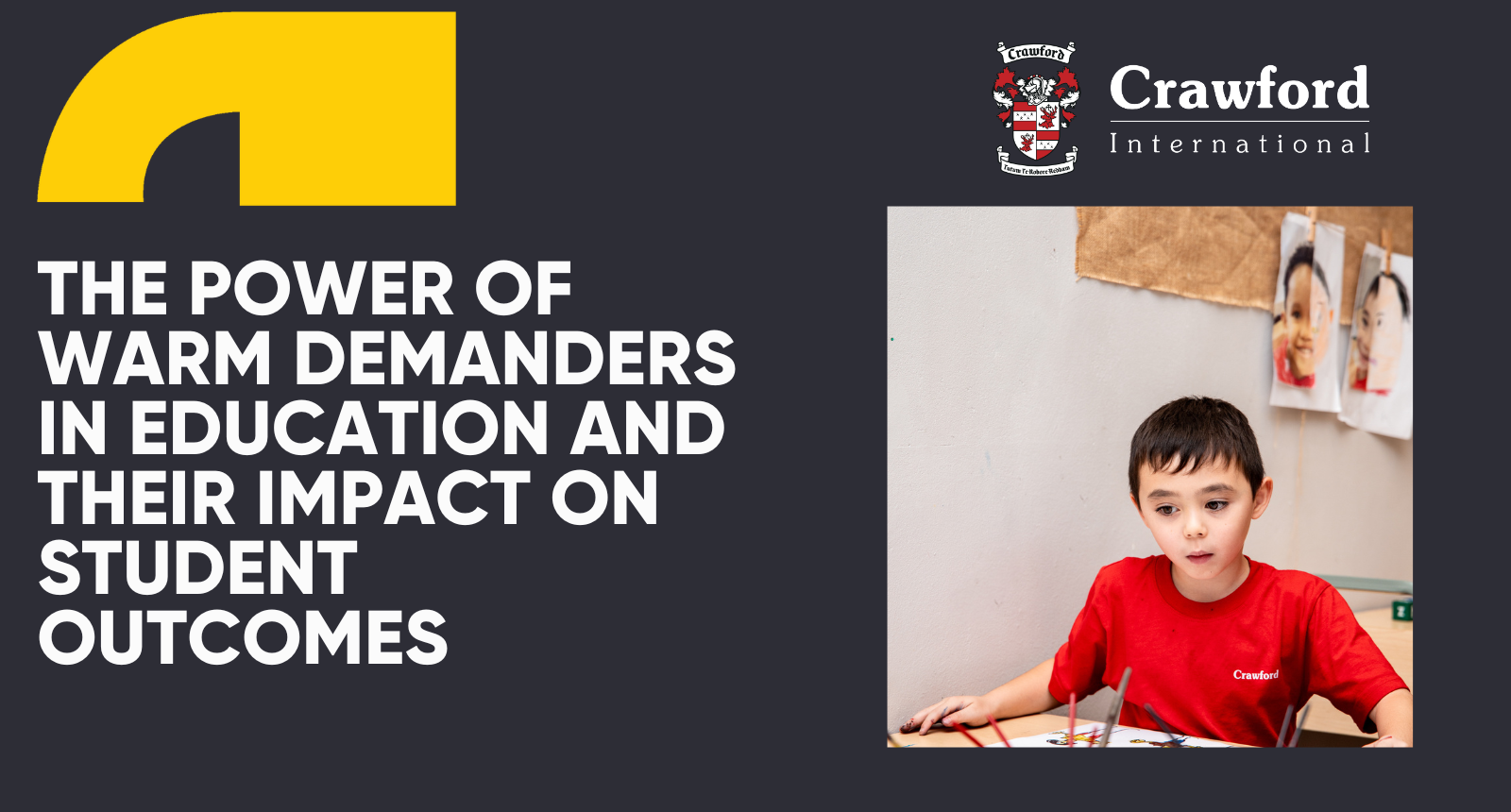How To Teach and Develop Problem Solving Skills In Your Kids
Karabo Molokomme • October 20, 2023
How To Teach and Develop Problem Solving Skills In Your Kids

As a busy parent dealing with a multitude of daily stresses and worries, it may be difficult to imagine that your child encounters problems of their own, but they do! School-going children are presented with many problems in their daily lives, many of which may seem small in the grand scheme of things, but to a child these problems can be overwhelming.
Problems for children may include: friend or family conflict; missing school bags; balancing schoolwork and sports; dealing with peer pressure; managing an allowance; and tackling exam stress. Many children do not have a formula for solving problems and so many end up avoiding the problem altogether or they may even choose an option that is socially unacceptable, such as aggression. Not being able to deal with problems just leads to more, and bigger, problems.
A 2010 Study published in Behaviour Research and Therapy found that kids who lack problem-solving skills are at higher risk of depression. At Crawford International Schools we strive to equip our students with life skills to help them become capable and well-rounded individuals. Problem-solving skills and critical thinking are cornerstones of our education and we start from the early pre-school phase and nurture these skills all the way to the end of High School. As a parent you too can nurture these skills at home.
What is problem-solving?
Problem Solving is simply finding a path from a problem to a solution. Many children are so focused on the problem that they can’t see the path to the solution. Some problems will have clear path solutions, while others may have more complex paths, such as: how to be successful?
Five ways to develop ‘Problem Solving Skills’ in your children:
1. What Is The Problem?
Get your child to truly understand the problem by verbally defining it. Let them say the problem out loud. For example, “I forgot to do my homework” or , “That girl is stealing my friend”. This will get them to focus on the problem without the runaway thoughts of consequences and fears.
2. Possible Solutions
Brainstorm possible solutions to the problem with your child. Allow them to come up with any solution they can think of, whether it’s a good idea or a bad one. This process will allow them to get creative and use critical thinking to mentally explore more than one solution path.
3. Pros and Cons
After your child has come up with all the possible solutions they can think of, we now move into the assessment stage. What are the positive and negative consequences of each solution? The best path will quickly reveal itself to your child in this analytical stage. Taking it a step further, your child needs to also think of the possible obstacles that could potentially take the solution off-course.
4. Pick and Play
Based on the pros and cons assessment, the right solution path will become clearer and your child will need to make a decision. Don’t make a decision for them, they must use reasoning to choose the solution they think is the most fitting. Remember, the focus here is not on the problem but rather the development of problem-solving skills. Instead of giving them all the answers, help you child think critically about the problem. Teach them to look at different perspectives. If your child asks you, “What should I do?” answer with, “What do you think? What problem are you solving?”
5. Trial and Error
Let your child try their path out and if their solution doesn’t work, teach them to go back to their second problem solving path. Don’t limit a problem to one right answer, allow for multiple possible outcomes and the trial and error of these.
Besides solving problems, it’s also important to teach your children to think ahead and make good decisions that will not lead to a problem in the first place. It is a technique called Natural Consequence Training.
For example: allow your child to spend all their pocket money on nonsense early in the month, if that’s what they want to do. Then, let them realise the consequences of that decision when for the rest of the month they are unable to afford movies with their friends or sweets at fun day. This can lead to a discussion about problem-solving to help them make better decisions in the future. This is a teachable moment that can help your children work on their problem-solving skills.












